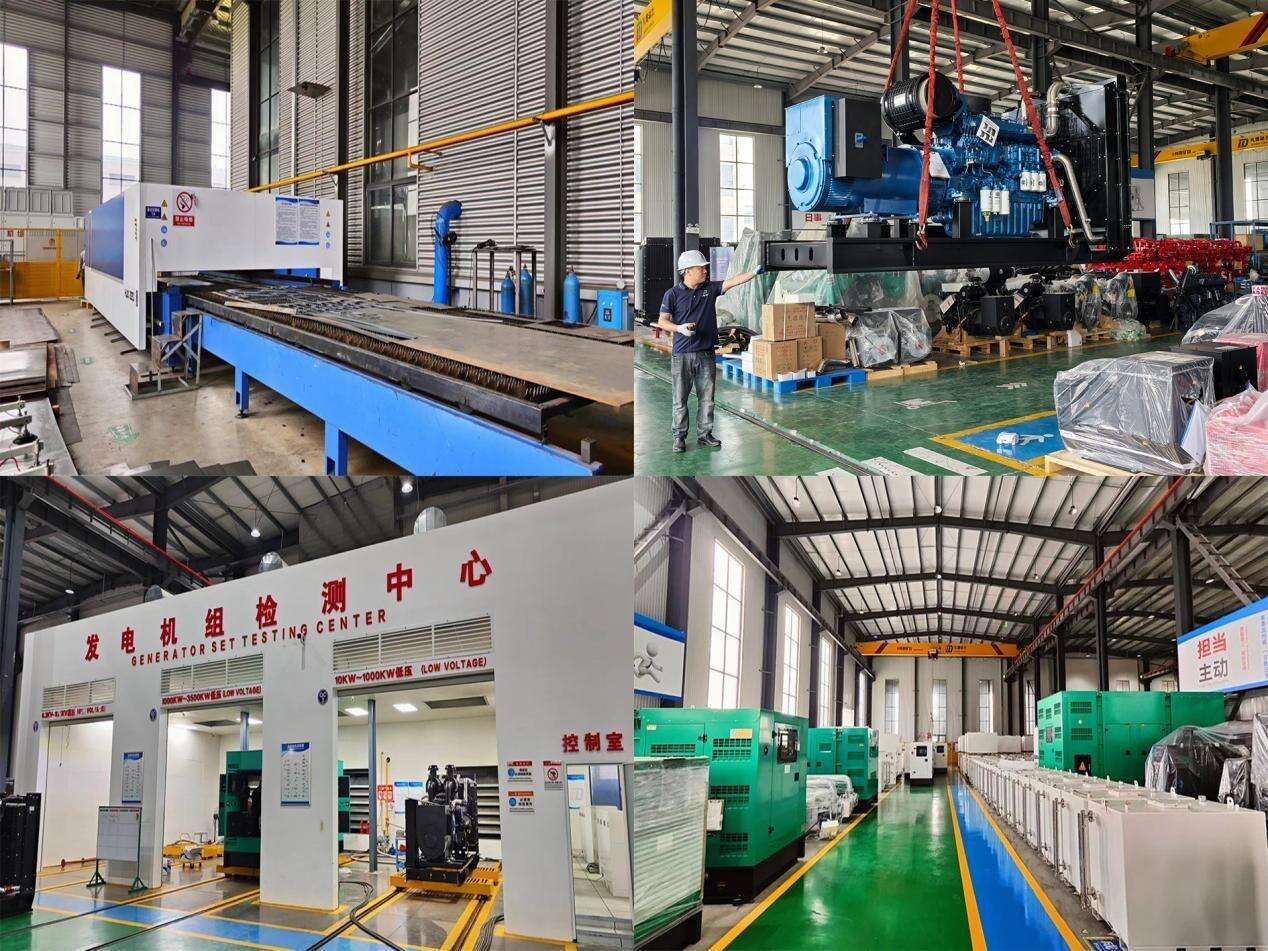Understand Methanol Generators Before Setting One Up
When you want to set up a methanol generator, you need to understand a few things first. It can utilize eco-friendly fuel, usually made from renewable biomass, and can help decrease your carbon footprint. This is a fantastic advantage if you are looking to help with worldwide carbon-neutral targets.
Generators are also designed with materials that resist corrosion. Their special design takes into consideration methanol fuel and can prevent fuel-related generator damage. This will aid the generator to safely run for several years without any fuel-related concerns.
This generator also produces a significantly reduced emission compared to other fuel-operated generators. Its emission-free combustion will allow for the generator to be used in the most emission-restricted environments. All of this will help make the installation of the generator simpler.
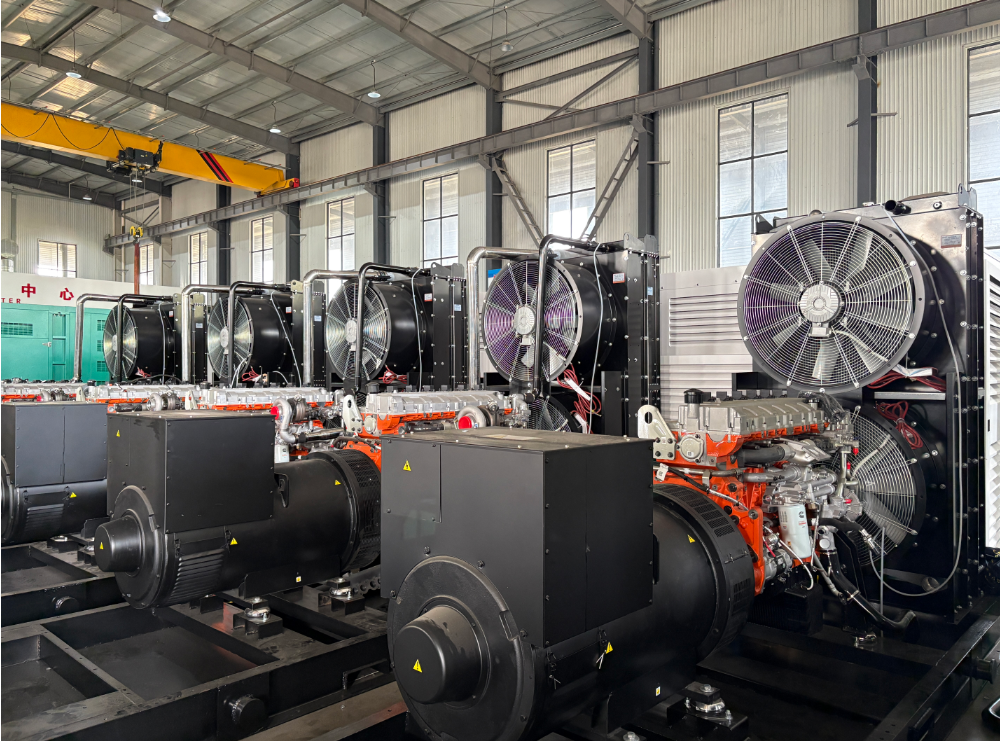
Preparation Steps Prior to the Installation
Start with a site check. Methanol generators can be used in very rough environments and are great for off-grid hybrid systems. Still, the site needs to have sufficient ventilation to ensure the safety of the generator and eliminate any gas build-up. This helps keep the generator at optimum temperature.Lastly, consider the space. Make the generator measurements so that you can identify an unimpeded zone for the generator and future maintenance. This zone should also provide balance to help the generator remain stable.
Collect all necessary tools and parts. You will need wrenches, screwdrivers, and measuring tapes. Also, gather the fuel lines and electrical components corresponding to the generator model. Using parts that fit will ensure the generator remains secure and functional.
How to Install Step by Step
Begin by positioning the generator on the prepared, level site. Check with a level tool from various angles and make adjustments if necessary. A level generator will not vibrate excessively, preventing damage.
Next, secure the fuel system. Connect the fuel lines to the generator fuel inlet and ensure the fittings are tight. Loose fittings will leak and waste fuel, which is dangerous. After securing fuel lines, check for fuel line cracks and gaps. Use lines designed for methanol; the fuel line will not hold up with standard flexible fuel lines.
Then, make the electrical connections. Use the guide to connect the generator to your electrical system. Insulate all connections to prevent short circuits. Then, check the wiring; incorrect connections will damage the generator or other equipment. Install optional parts, such as cooling systems or exhaust systems. These are important for the generator’s operation.
Test and Commission After Installation
Begin with a visual inspection. Check the fuel lines and electrical connections. See if they are tight and look undamaged. Check if parts are in the right place in accordance with the manual. Next, perform a no-load test. Start the generator without load and let it operate for 15-30 minutes. Observe its speed, temperature, and warning lights. If it smooth runs without fluctuations, the basic installation is in order. Then, perform a load test. Connect a load equal to the manual's recommended capacity. Gradually increase the load to the maximum and observe voltage and frequency to ensure they remain constant and there are no unusual sounds or vibrations.
Record all test results and observations as these will assist in future maintenance or repairs. Be sure to resolve the issues identified prior to regular operation of the generator.
Maintenance Tips After Setup
Establish a routine inspection frequency. Check the fuel system for leaks, and wear lines, fittings, and the tank. Also look at electrical connections, check for tightness and corrosion. Proactive maintenance will reduce the impact of minor problems.
Keep the generator clean. Clean off the dust and dirt. To help with the heat, clean out the cooling (radiators and fans) system. Better and longer functioning generators tend to cool down more often.
Pay attention to the fuel quality. Use top-grade methanol that is up to the generator’s standards. Using poor fuel will clog the system and fuel will performance and increase the fuel’s emissions. Fuel the generator often, especially before it runs out. This will help the engine not to get damaged.
Respect the periodical part replacements as the manufacturer stipulated. Some components like filters and spark plugs need periodic changes, and records help to scheduling replace them with compatible ones to maintain the generators rough reliability.




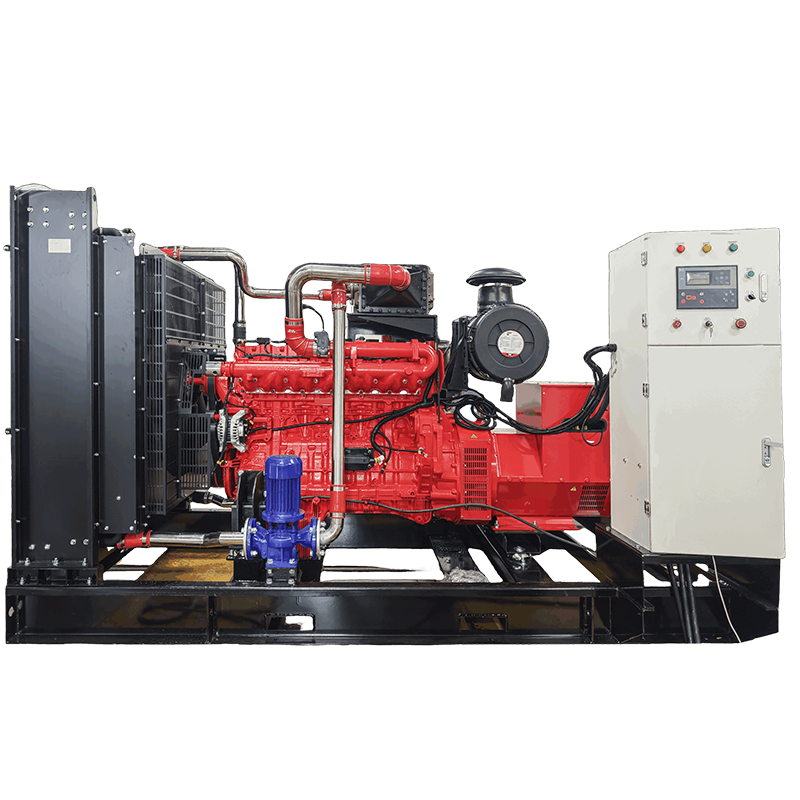
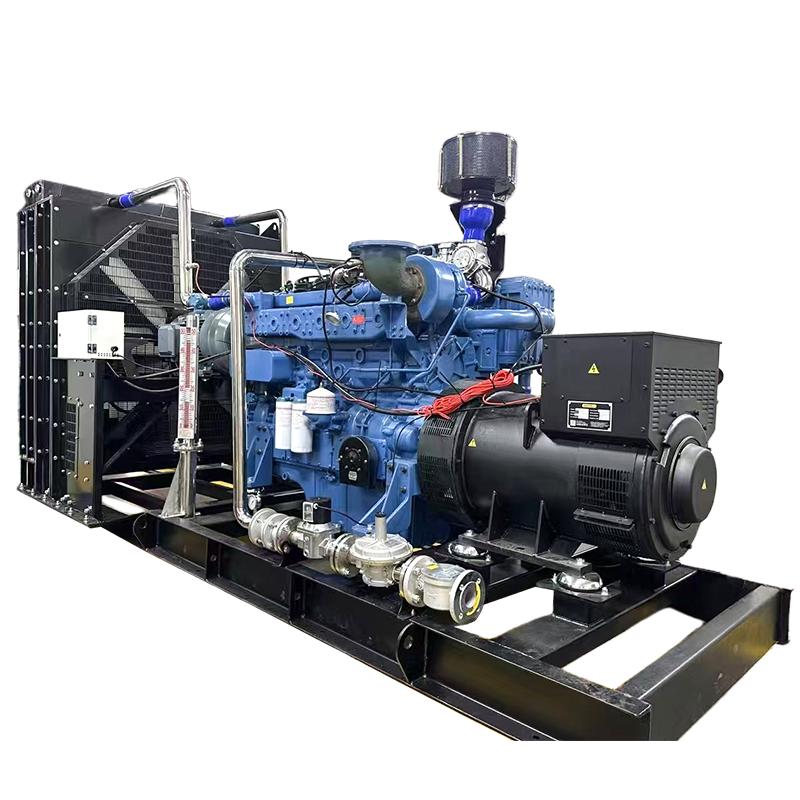
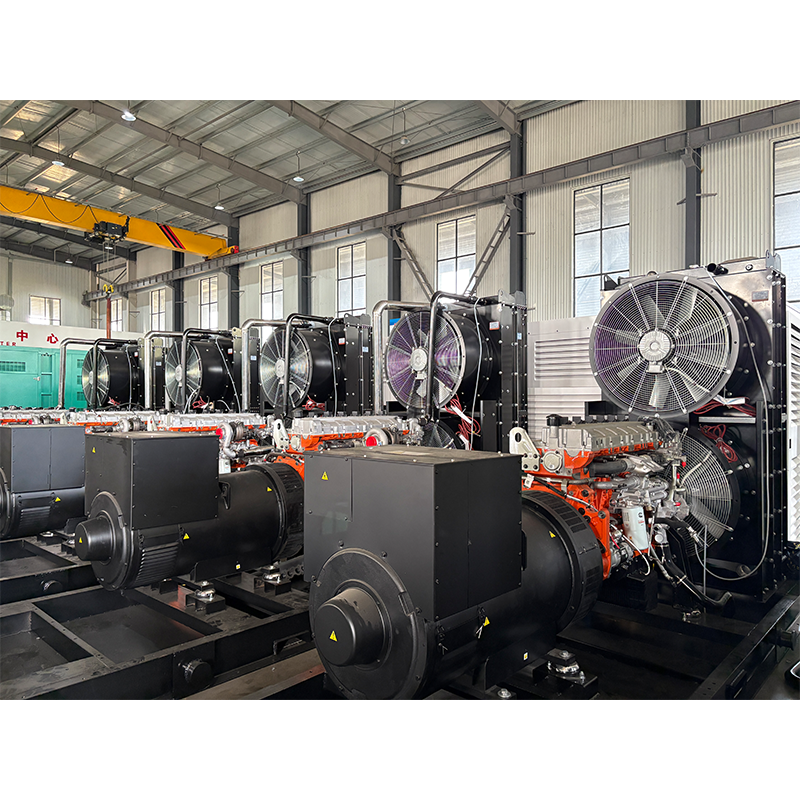
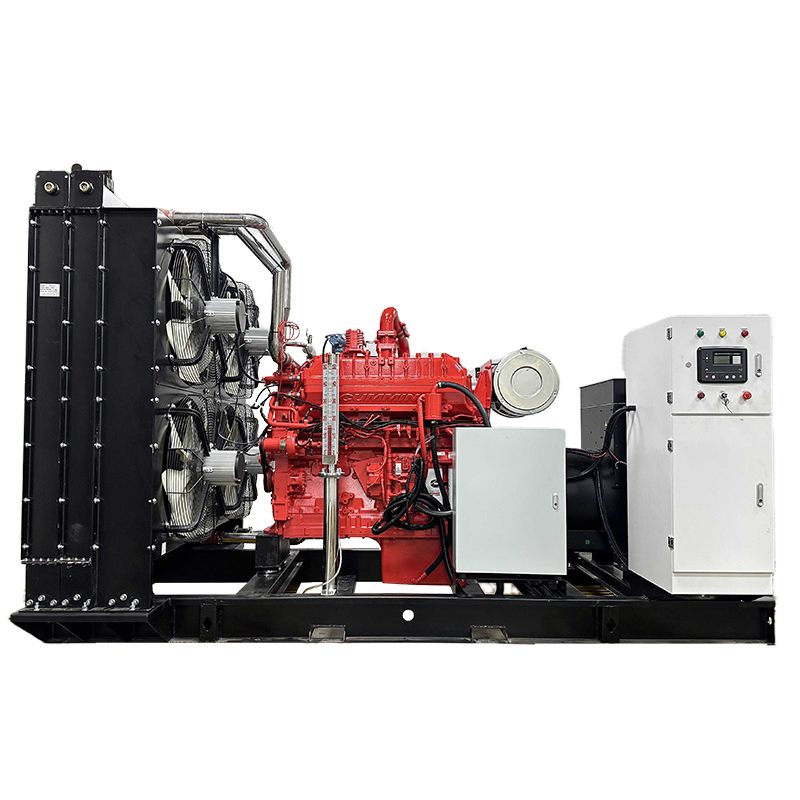
 Hot News
Hot News